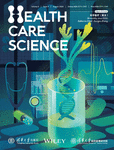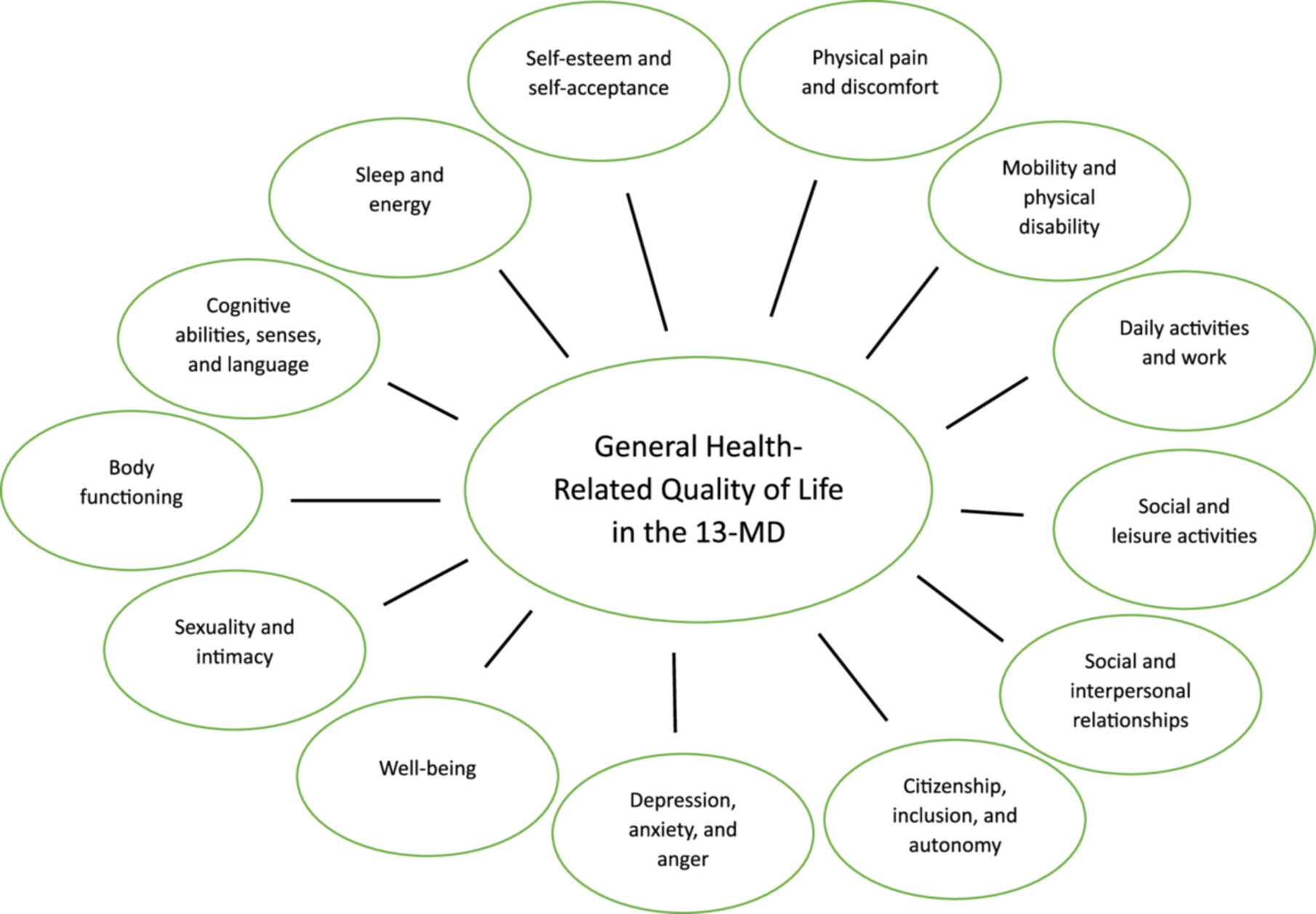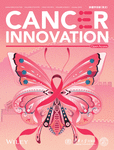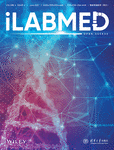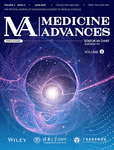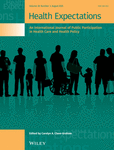Journal list menu
Export Citations
Download PDFs
ISSUE INFORMATION
COMMENTARY
Emergence of SARS-CoV-2 variants KP.2 and KP.3 sparks concerns: What should we do?
- Pages: 211-214
- First Published: 06 August 2024
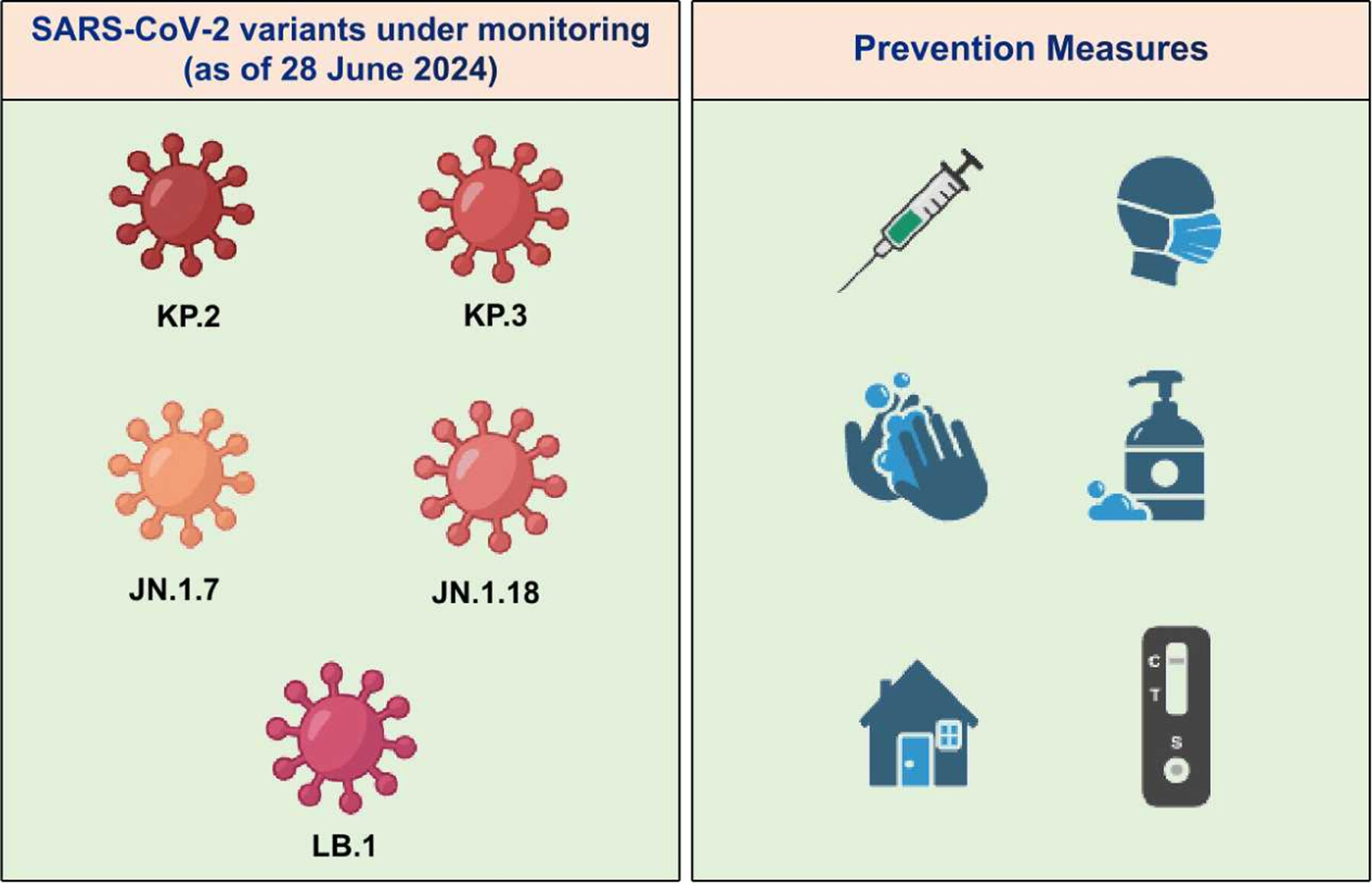
SARS-CoV-2 continues to evolve and circulate globally. In recent weeks, variants such as KP.2 and KP.3 have been rapidly increasing in many countries. Prevention strategies such as receiving updated COVID-19 vaccines, wearing masks when recommended, washing hands frequently, getting tested if symptoms appear, and staying home when sick can help protect individuals and others from COVID-19.
REVIEW
Theranostic scope of monometallic selenium and titanium dioxide nanoparticles in biomedicine: A review
- Pages: 215-231
- First Published: 13 August 2024

The nanoparticles (NPs) of metals and metal oxides constitute significant components of technology in terms of monometallic NPs (MNPs). Throughout the last 10 years, the most fascinating and in-depth uses of NPs have been found in the biomedical field, which has demonstrated the therapeutic potential of these particles. Significant strides were made in the application of nanotechnology in a variety of industries, including biomedical sciences. In biomedicine, the two most important applications of NPs are in the diagnosis and treatment of disease. Given their ability to deliver specific drugs, these next-generation NPs provide safe and effective pharmacotherapies for a wide range of disorders. A comprehensive review on MNPs like selenium (metal-based) and titanium dioxide (metal-oxide based), their synthesis methods, nanoscale physicochemical properties, and the definition of specific industrial applications in the various fields of applied nanotechnology, including biomedicine, is discussed.
PRACTICE AND POLICY
Health performance assessment modeling and its application to compact medical communities in China
- Pages: 232-237
- First Published: 23 July 2024

The health performance assessment model comprises four steps: 1. Grouping by health risk; 2. Grouping by resource utilization; 3. Assessing health performance; 4. Incentive schemes. This model could help medical insurance funds allocate capitation budgets for various populations in accordance with variations in health risks and provide incentives to compact medical communities which are successful in promoting health.
ORIGINAL ARTICLE
Evaluation of the McGill-Tongji Blended Education Program for Teacher Leaders in General Practice: The importance of partnership and contextualization in International Primary Care Training Initiatives
- Pages: 238-248
- First Published: 12 August 2024
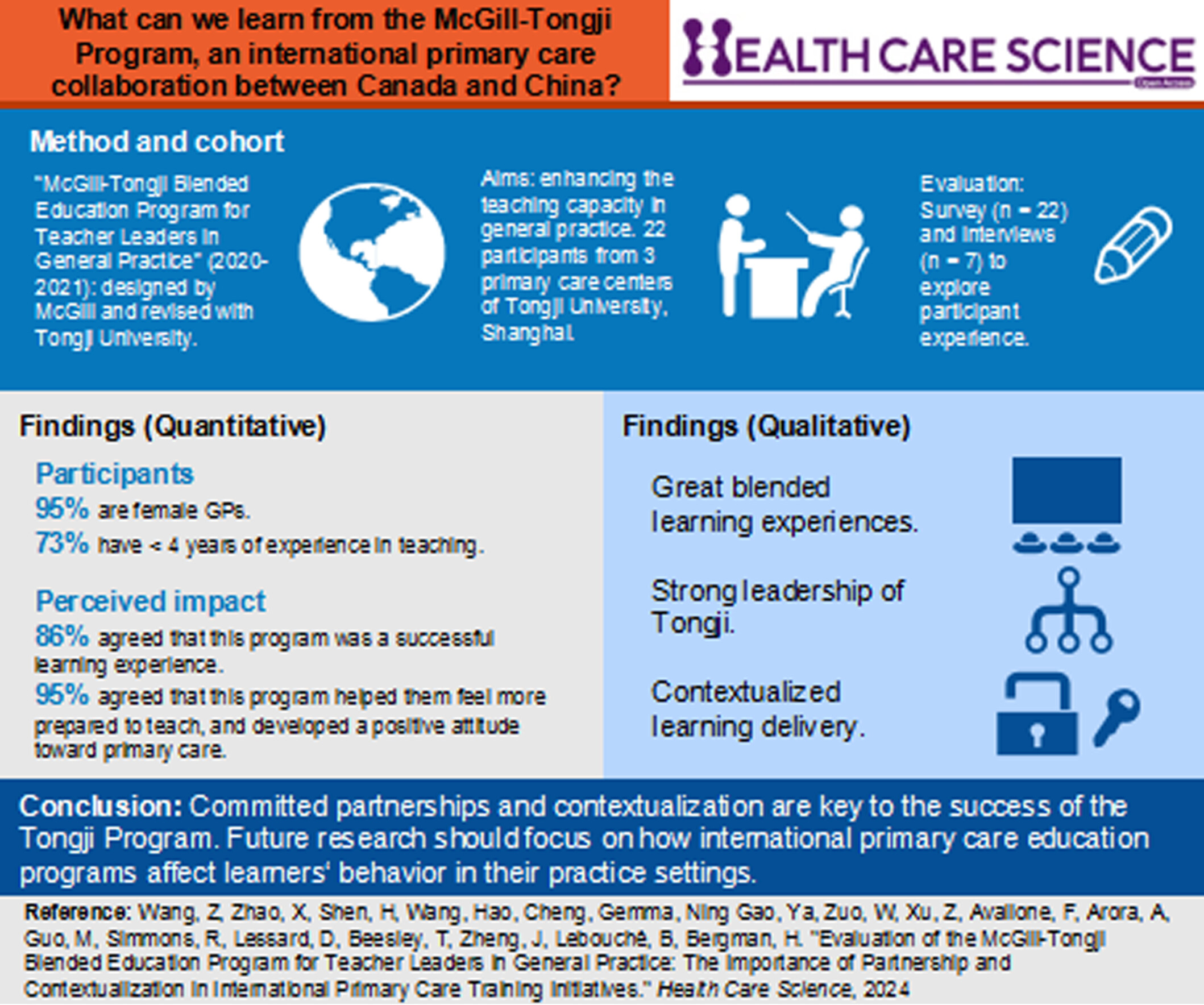
We presented an evaluation study of the McGill-Tongji Blended Education Program for Teacher Leaders in General Practice (Tongji Program). This program was considered a successful learning experience by most participants in terms of subjective learning experiences and outcomes. Committed international partnerships and contextualization were key to the success of the Tongji Program.
Confirmatory analysis of the 13-MD and ranking of its meta-dimensions and items
- Pages: 249-263
- First Published: 04 August 2024
Formulation of a CITE metric for evaluating the clinical implications of medical studies and their originating hospitals in China
- Pages: 264-273
- First Published: 06 August 2024
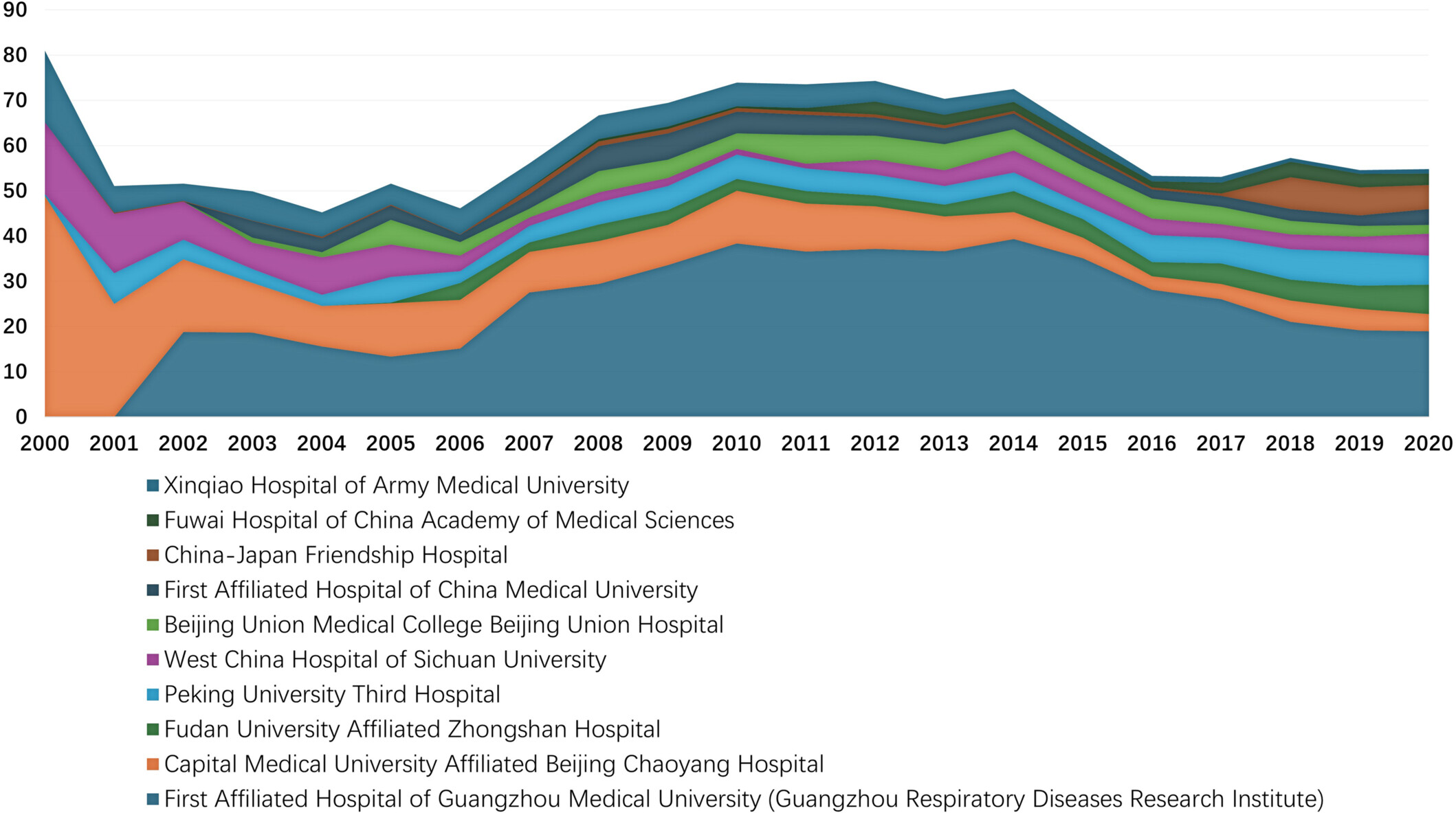
This study introduced the “Clinical Influence and Timeliness Evaluation (CITE)” metric to assess the clinical significance of a medical research and the clinical influence of the medical research outputs of domestic hospitals based on the premise that meaningful medical research should be valuable for clinical practice. The CITE metric was applied to chronic obstructive pulmonary disease, incorporating 78,636 articles from 2000 to 2020 and incorporated 499 hospitals in China, in which the top 10 hospitals of most clinical influence were shown here.
Early-onset scoliosis in children aged 4–7 years in Nanjing, China: A cross-sectional study
- Pages: 274-285
- First Published: 18 August 2024
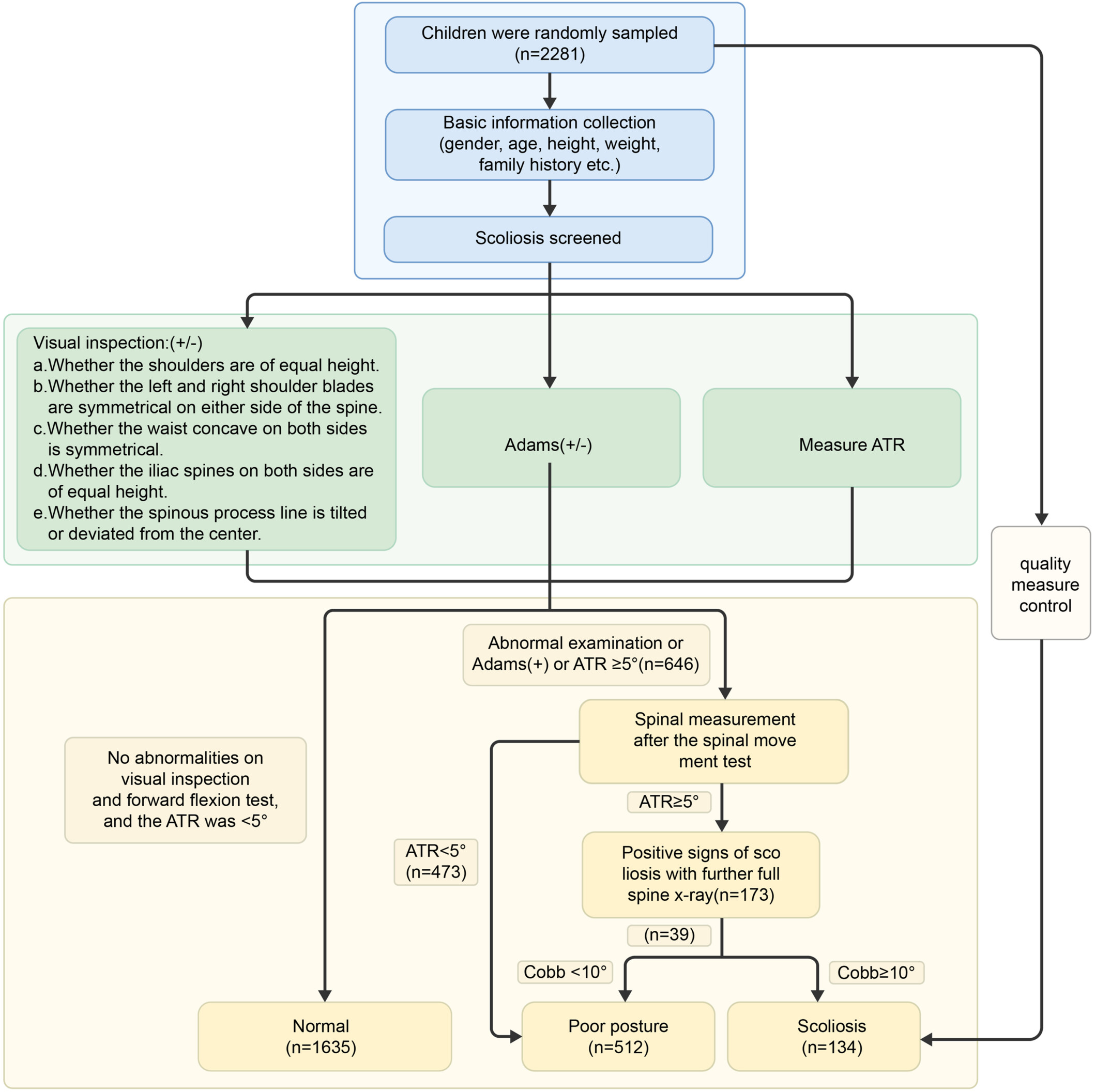
The combination of visual assessment, the Adams forward bend test, and angle of trunk rotation (ATR) angle measurement provides an accurate and efficient screening method for scoliosis. Regular spinal check-ups are advised for children with an ATR angle of 4.5° or higher. Children with a lower body mass index are more susceptible to scoliosis.




